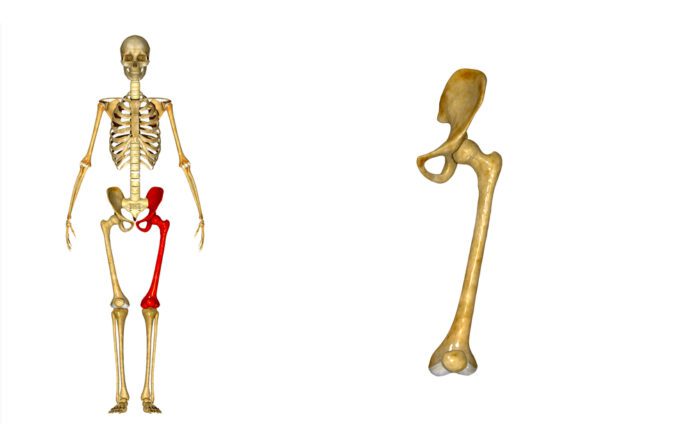Overview Of Slipped Capital Femoral Epiphysis
A Slipped Capital Femoral Epiphysis is a separation of the ball of the hip joint from the thigh bone (femur) at the upper growing end (growth plate) of the bone.
Commonly Associated With
Femoral epiphysis – slipped
Causes
This condition may affect both hips.
An epiphysis is an area at the end of a long bone. It is separated from the main part of the bone by the growth plate. In this condition, the problem occurs in the upper area while the bone is still growing.
The condition occurs in about 2 out of every 100,000 children.
It is more common in:
- Growing children ages 11 to 15, especially boys
- Children who are obese
- Children who are growing rapidly
- Children with hormone imbalances caused by other conditions are at higher risk for this disorder.
Symptoms Of Slipped Capital Femoral Epiphysis
Symptoms include:
- Difficulty walking, walking with a limp that came on quickly
- Knee pain
- Hip pain
- Hip stiffness
- Outward-turning leg
- Restricted hip movements
Exams & Tests
The health care provider will examine you. A hip or pelvis x-ray can confirm this condition.
Treatment Of Slipped Capital Femoral Epiphysis
Surgery to stabilize the bone with pins or screws will prevent the ball of the hip joint from slipping or moving out of place. Some surgeons may suggest using pins on the other hip at the same time. This is because many children will develop this problem in that hip later.



